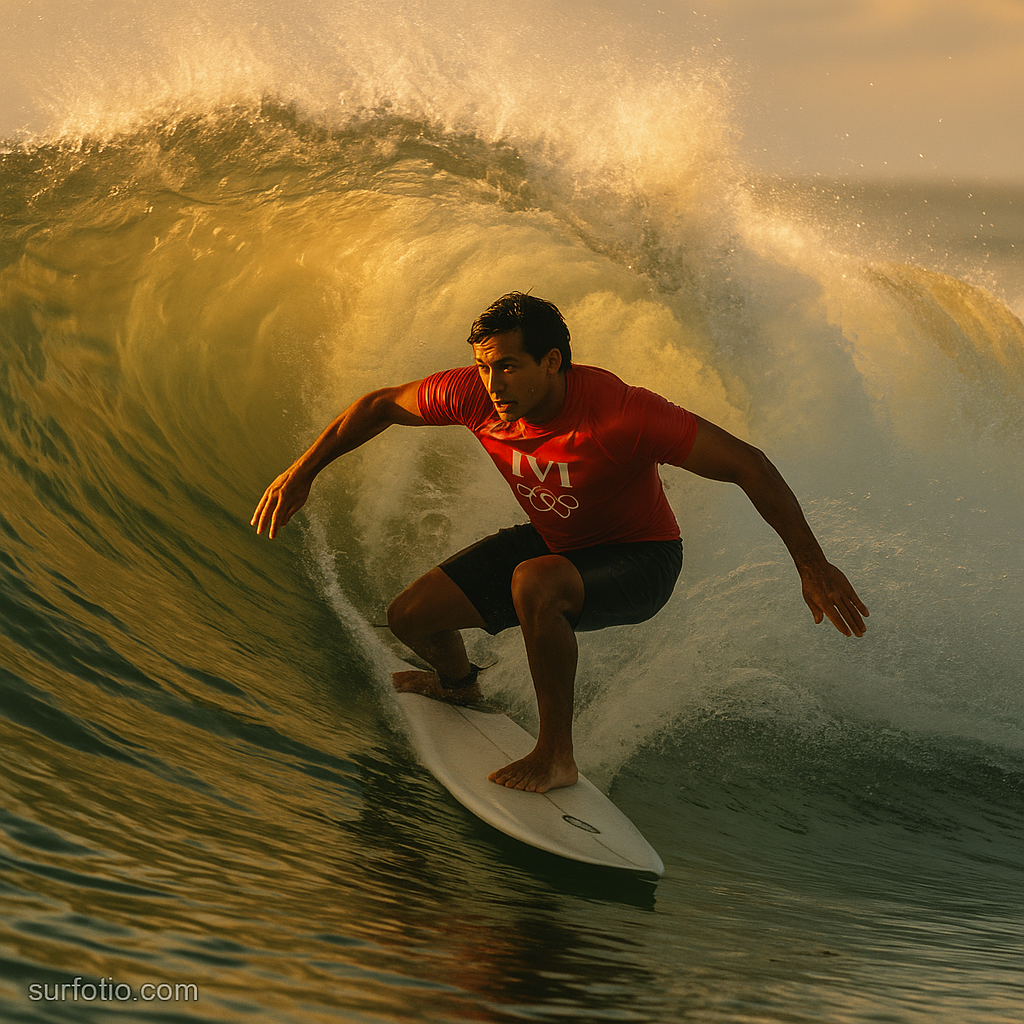
Surfing’s journey from the shores of ancient Polynesia to the global stage of the Olympic Games is one of the most inspiring cultural evolutions in sports history. What began as a sacred ritual has become a symbol of freedom, athleticism, and ocean connection celebrated worldwide. The inclusion of surfing in the Olympics wasn’t just a victory for athletes — it marked a milestone for surf culture itself.
Surfing’s Journey to Olympic Recognition
Surfing’s Olympic dream started over a century ago with Duke Kahanamoku, the legendary Hawaiian waterman and five-time Olympic swimming medalist. Duke famously suggested in 1912 that surfing should one day be part of the Olympic Games. His vision was rooted in spreading aloha and sharing the art of wave-riding with the world.
For decades, surfing remained a cultural movement more than a competitive sport. It wasn’t until the late 20th century, when organizations like the International Surfing Association (ISA) began pushing for formal recognition, that progress truly gained momentum. The ISA worked tirelessly to align surfing with Olympic standards — developing judging systems, competition formats, and global events to prove its legitimacy.
Building the Case for Surfing
The case for surfing’s inclusion hinged on its blend of athletic skill, artistry, and environmental harmony. Advocates argued that surfing represented the Olympic spirit through discipline, creativity, and respect for nature.
Technological advances in wave forecasting, surf judging, and athlete training strengthened the sport’s credibility. By the 2010s, surfing had grown far beyond beach subculture — it was a professional, global sport practiced in over 100 countries.
In 2016, the International Olympic Committee (IOC) officially announced that surfing would debut at the Tokyo 2020 Olympics. For surfers worldwide, it was the realization of Duke Kahanamoku’s century-old dream.
The Olympic Format
Surfing’s Olympic debut featured a simple yet challenging format: a four-person heat system, with athletes judged on a scale of 0 to 10 for each ride. The scoring criteria mirrored professional events, focusing on:
- Degree of difficulty of maneuvers
- Innovation and progression
- Variety of repertoire
- Speed, power, and flow
Competitors were allowed to catch multiple waves within a 30-minute heat, with their two highest scores determining their total. Unlike stadium sports, surfing’s stage was nature itself — introducing an unpredictable, ever-changing element that made each heat unique.
Breaking Through in Tokyo 2020
When surfing finally made its Olympic debut at the Tokyo 2020 Games (held in 2021 due to the pandemic), the world watched history unfold at Tsurigasaki Beach in Japan.
Hawaiian powerhouse Carissa Moore became the first female Olympic gold medalist in surfing, while Ítalo Ferreira from Brazil captured gold in the men’s division. Both athletes showcased precision, creativity, and passion — the perfect embodiment of modern surfing.
The event wasn’t without its challenges. The conditions were smaller and wind-affected, reminding everyone that nature, not humans, dictates the rhythm of this sport. Still, the energy, emotion, and cultural pride were undeniable.
Global Impact and Legacy
Surfing’s inclusion in the Olympics did more than recognize athletic excellence — it validated surf culture as a global phenomenon. Nations that had never fielded Olympic surfers, like Japan, Peru, and South Africa, celebrated new heroes.
The event also introduced millions of viewers to surfing’s deep connection to nature and its roots in Polynesian culture. For younger generations, it was an invitation to explore a lifestyle centered on freedom, discipline, and respect for the sea.
Since Tokyo, more countries have begun investing in surf programs, facilities, and youth development. Surfing’s global accessibility and sustainability have become a major focus, ensuring the sport continues to thrive far beyond the Games.
Challenges and Controversies
Not everyone celebrated surfing’s Olympic inclusion without hesitation. Some purists feared the sport would lose its soul to commercialism or rigid athletic systems. Others questioned whether wave pools might replace natural surf breaks in future Olympic events.
However, organizations like the ISA have pledged to preserve surfing’s authenticity and connection to the ocean. The next Olympic surf competition — the Paris 2024 Games — will take place in Tahiti’s world-famous Teahupo’o, one of the heaviest and most beautiful waves on Earth. It’s a fitting tribute to the sport’s origins and a clear signal that nature remains at the heart of Olympic surfing.
Surfing’s Cultural Significance
Beyond medals and records, surfing’s Olympic moment symbolizes something deeper — the recognition of an ancient cultural practice as an art form and athletic discipline. For Hawaiians, Polynesians, and global surf communities, it was a return of respect to a tradition once sacred.
Surfing’s Olympic rise reminds us that it’s not just about performance but about spirit — a dance with the ocean that celebrates balance, courage, and connection.
Final Thoughts
Surfing’s Olympic debut was more than a sporting event — it was the merging of ancient culture and modern athleticism on the world stage. From Duke Kahanamoku’s dream to the gold medals of 2021, the journey reflects the heart of surfing: persistence, unity, and love for the sea.
As the waves continue to break in places like Tahiti and beyond, surfing’s place in the Olympics will evolve — but its essence will always remain the same: a timeless pursuit of flow, freedom, and respect for the ocean.
